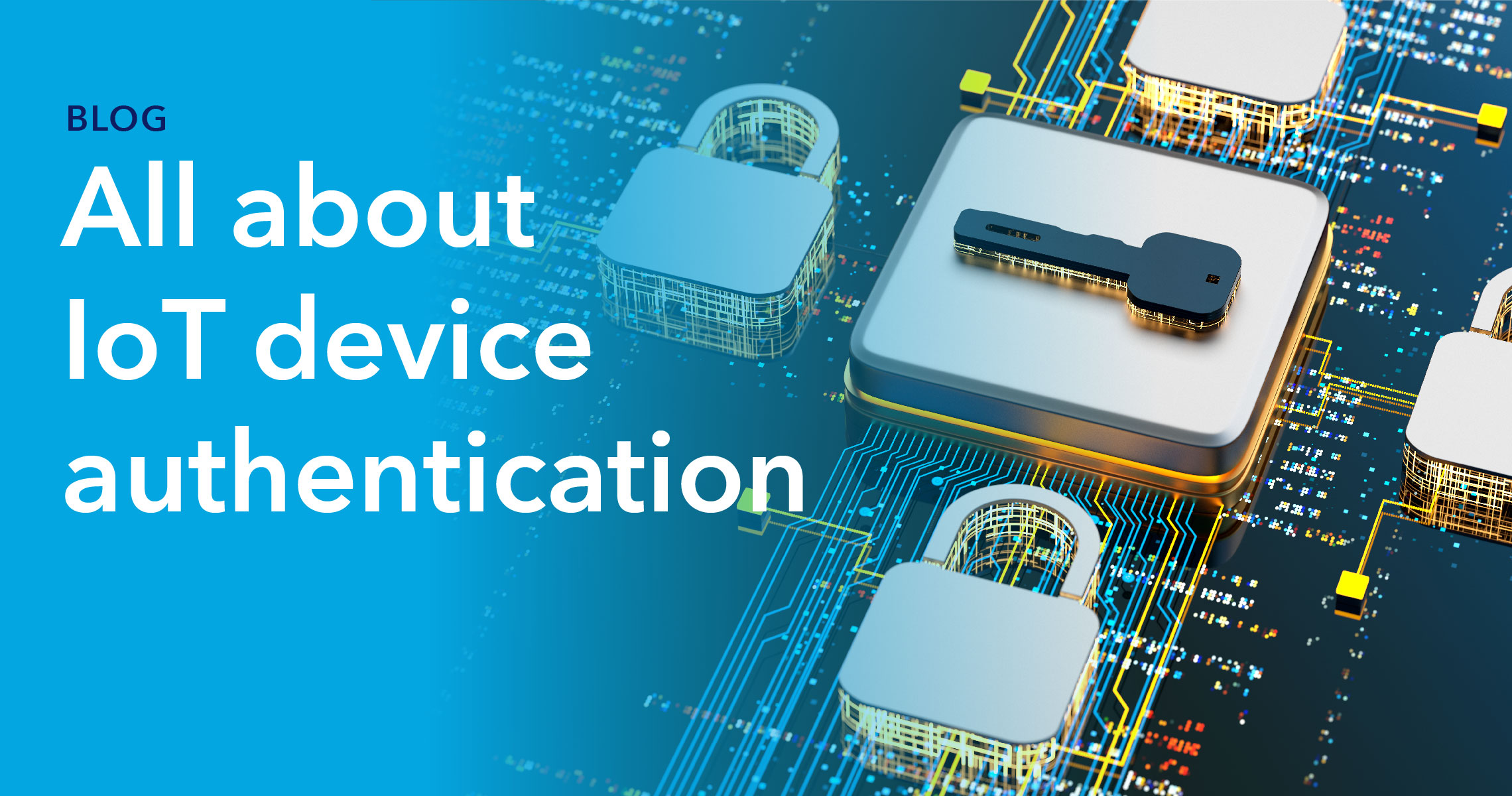Unlocking The Power Of IoT Device SSH: Your Ultimate Guide To Secure Remote Access
Imagine this: you're chilling at home, and suddenly you realize your IoT security camera isn't behaving as it should. No worries, my friend! With IoT device SSH, you can remotely access and troubleshoot your gadgets like a pro. But what exactly is this SSH thing, and why should you care? Let's dive in and explore the world of secure shell connections for your internet-connected devices.
In today's hyper-connected world, IoT devices are everywhere – from smart thermostats to voice-activated assistants. But here's the catch: these cool gadgets need proper management, and that's where SSH comes into play. SSH, or Secure Shell, is like a secret passageway that lets you control your devices remotely without exposing them to the bad guys.
Now, I know what you're thinking – "Isn't this stuff just for tech wizards?" Not anymore! With the right guidance, anyone can harness the power of IoT device SSH to boost security and convenience. So, buckle up, because we're about to demystify this tech marvel together!
- Is Andrew Coyne Married Discovering The Personal Life Of Canadas Renowned Journalist
- Ari Kytsya Ofleaks The Untold Story You Need To Know
What is IoT Device SSH and Why Does It Matter?
Let's break it down. IoT device SSH is essentially a secure communication channel that lets you interact with your smart devices from anywhere in the world. Think of it as a virtual handshake between you and your gadget, ensuring no one else can sneak in uninvited.
Here’s why it matters:
- Security: SSH encrypts your data, keeping prying eyes away.
- Control: You can manage your devices remotely, whether you're at home or halfway around the globe.
- Efficiency: Troubleshooting and updates become a breeze with direct access.
And hey, who doesn’t want their smart home to feel like a fortress of safety and convenience?
- Jameliz Onlyfans Leaked The Untold Story You Need To Hear
- Vegamoviesde Your Ultimate Destination For Movie Downloads And Streaming
Understanding the Basics of SSH for IoT Devices
Before we get all fancy, let's cover the basics. SSH works by creating an encrypted tunnel between your computer and the IoT device. This tunnel ensures that even if someone intercepts your data, they won't be able to make sense of it.
To set up SSH for your IoT devices, you'll need:
- An SSH client (like PuTTY for Windows or Terminal for macOS/Linux).
- The IP address of your IoT device.
- A username and password (or better yet, an SSH key for added security).
Once you have these, connecting is as easy as pie. Just open your SSH client, enter the IP address, and voila! You're in.
SSH Protocols: The Backbone of Secure Connections
SSH operates on two main protocols: SSH-1 and SSH-2. While SSH-1 was the original version, SSH-2 is now the standard due to its enhanced security features. Always opt for SSH-2 when setting up your IoT devices to ensure maximum protection.
Here’s a quick comparison:
- SSH-1: Older, less secure, but still supported by some legacy systems.
- SSH-2: Newer, more secure, and widely adopted in modern applications.
Remember, security is key (pun intended), so stick with the latest protocols whenever possible.
Setting Up SSH on Your IoT Device
Now that you know what SSH is, let's talk about how to set it up. The process varies depending on your device and operating system, but here's a general guide to get you started:
Step 1: Enable SSH on Your Device
Most IoT devices come with SSH disabled by default. Head over to your device's settings, find the SSH option, and turn it on. Easy peasy.
Step 2: Install an SSH Client
For Windows users, download and install PuTTY. Mac and Linux users can use the built-in Terminal application. These tools will allow you to connect to your IoT device securely.
Step 3: Connect Using SSH
Open your SSH client, enter the IP address of your IoT device, and log in using your credentials. If you're using an SSH key, make sure to specify the path to your private key file.
Tips for Secure SSH Setup
While setting up SSH is straightforward, securing it requires a bit more effort. Here are some tips to keep your connections safe:
- Use strong, unique passwords or SSH keys.
- Change the default SSH port (22) to something less obvious.
- Limit access to specific IP addresses if possible.
- Regularly update your device's firmware to patch vulnerabilities.
By following these best practices, you'll ensure your IoT devices remain secure and under your control.
The Benefits of Using SSH for IoT Devices
Why bother with SSH when you can just use a web interface? Great question! Here are some compelling reasons:
1. Enhanced Security
Unlike web interfaces, SSH encrypts all communication, making it much harder for hackers to intercept your data.
2. Greater Control
With SSH, you can execute commands directly on your device, giving you more granular control over its operations.
3. Remote Access Anywhere
As long as you have an internet connection, you can access your IoT devices from anywhere in the world. No need to be physically present.
These benefits make SSH an indispensable tool for anyone managing IoT devices.
Common Use Cases for IoT Device SSH
Still not convinced? Let’s look at some real-world scenarios where SSH shines:
- Monitoring and managing smart home devices.
- Updating firmware on remote sensors.
- Diagnosing and troubleshooting network issues.
- Securing sensitive data transmissions.
Whether you're a tech enthusiast or a professional, SSH has something to offer for everyone.
Security Considerations for IoT Device SSH
With great power comes great responsibility. While SSH is incredibly secure, there are still some risks to be aware of:
1. Brute Force Attacks
Attackers can attempt to guess your password by trying thousands of combinations. This is why using strong passwords or SSH keys is crucial.
2. Misconfigured Settings
Leaving default settings unchanged can make your device vulnerable to attacks. Always customize your SSH settings to fit your specific needs.
3. Outdated Firmware
Failing to update your device's firmware can expose it to known vulnerabilities. Regular updates are essential for maintaining security.
By addressing these potential pitfalls, you can enjoy the full benefits of SSH without compromising your security.
Best Practices for Securing Your SSH Connections
Here are some additional tips to keep your SSH connections safe:
- Enable two-factor authentication (2FA) whenever possible.
- Monitor login attempts for suspicious activity.
- Use firewalls to restrict access to your SSH port.
- Regularly audit your SSH configurations for any weaknesses.
Implementing these practices will significantly reduce the risk of unauthorized access to your IoT devices.
Advanced SSH Techniques for IoT Devices
Ready to take your SSH skills to the next level? Here are some advanced techniques to explore:
1. SSH Tunnels
SSH tunnels allow you to securely forward traffic between your local machine and your IoT device. This is particularly useful for accessing services that aren't exposed to the public internet.
2. SSH Keys
Instead of relying on passwords, you can use SSH keys for authentication. These keys provide stronger security and eliminate the need to remember complex passwords.
3. SSH Config Files
Config files let you store connection settings for easy access. This can save you time and reduce the risk of making mistakes when connecting to multiple devices.
Mastering these techniques will make you a true SSH wizard in no time!
Troubleshooting Common SSH Issues
Even the best-laid plans can go awry. Here are some common SSH issues and how to fix them:
- Connection Refused: Check that SSH is enabled on your device and that the correct IP address and port are being used.
- Authentication Failed: Double-check your username, password, or SSH key to ensure they match the device's settings.
- Timeout Errors: Ensure your network connection is stable and that any firewalls or routers aren't blocking the SSH port.
With these troubleshooting tips, you'll be back in business in no time.
Future Trends in IoT Device SSH
As technology continues to evolve, so does the world of SSH. Here are some exciting trends to watch out for:
1. Quantum-Safe Encryption
With the rise of quantum computing, traditional encryption methods may become obsolete. Quantum-safe algorithms are being developed to ensure SSH remains secure in the future.
2. AI-Powered Security
Artificial intelligence is being integrated into SSH systems to detect and respond to threats in real-time. This will enhance security without requiring constant human intervention.
3. Simplified User Interfaces
As more people adopt IoT devices, SSH interfaces are becoming more user-friendly. This will lower the barrier to entry for non-technical users.
These advancements promise to make SSH even more powerful and accessible in the years to come.
Preparing for the Future of IoT Device SSH
To stay ahead of the curve, consider the following:
- Stay informed about the latest SSH developments and best practices.
- Invest in devices that support cutting-edge security features.
- Continuously educate yourself and your team on SSH technologies.
By embracing these strategies, you'll be well-prepared for whatever the future holds.
Conclusion: Take Control of Your IoT Devices with SSH
In conclusion, IoT device SSH is a game-changer for anyone looking to securely manage their smart gadgets. From enhanced security to greater control, the benefits are undeniable. By following the tips and techniques outlined in this guide, you can harness the full potential of SSH and keep your devices safe from harm.
So, what are you waiting for? Dive in, experiment, and take your IoT management to the next level. And don’t forget to share your experiences and insights with the community – we’d love to hear from you!
Table of Contents:
- What is IoT Device SSH and Why Does It Matter?
- Understanding the Basics of SSH for IoT Devices
- Setting Up SSH on Your IoT Device
- The Benefits of Using SSH for IoT Devices
- Security Considerations for IoT Device SSH
- Advanced SSH Techniques for IoT Devices
- Future Trends in IoT Device SSH
- Conclusion: Take Control of Your IoT Devices with SSH
Remember, the power to secure and control your IoT devices is in your hands. Embrace SSH, and let your tech journey begin!
- Kanna Seto The Rising Star In The Anime And Voice Acting World
- Jameliz Onlyfans Leaks The Untold Story Behind The Headlines

How To Connect SSH IoT Device Over Without Mac Or Windows

How To SSH Connect IoT Device On Windows 10 A Comprehensive Guide

How To Connect SSH IoT Device Over On Mac Without Extra Hassle